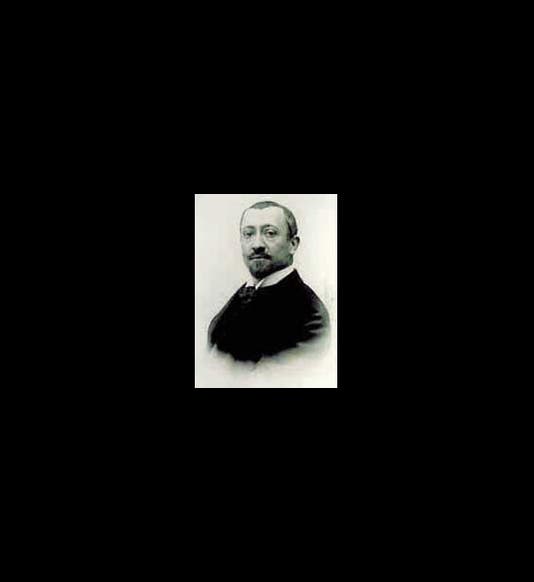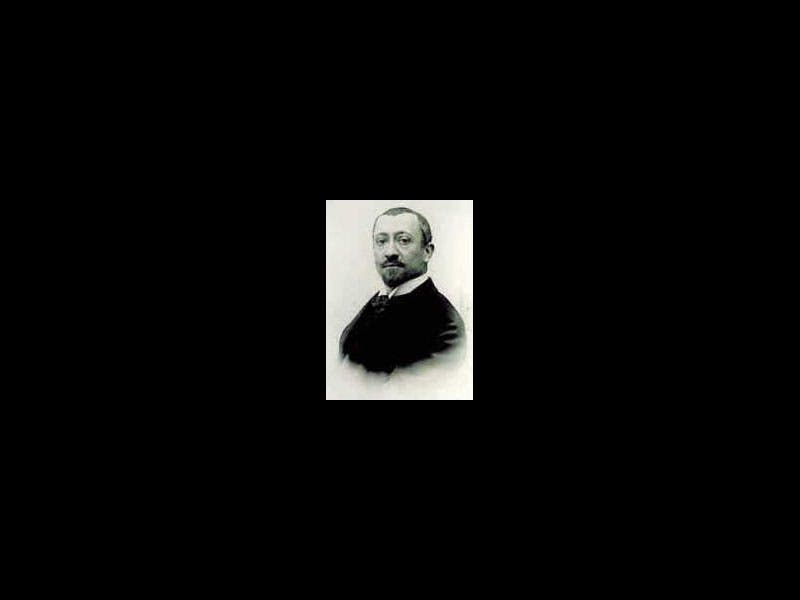Scientist of the Day - Paul Villard
Paul Villard, a French chemist, died Jan. 13, 1934, at age 74. Villard is one of the unsung contributors to what is sometimes called the Second Scientific Revolution, the one that began in 1895 with the discovery of X-rays, followed by radioactivity, atomic structure, and relativity, in short order. Villard discovered gamma rays. In 1898, the Curies had discovered the radioactive power of radium, and Ernest Rutherford the next year found that there were two kinds of radiation given off by radium; one is a heavy particle that has a positive charge, which he called an “alpha ray”, and the other is much lighter, with a negative charge, and he named it a “beta ray”. In 1900, Villard found that when you eliminated the alpha rays with a lead screen, and swept the beta rays away with a magnetic field, there was still some remaining radiation, with no charge and considerable penetrating power, that got through to a detector. The modern diagram above illustrates the differing ranges of the three kinds of radiation. Villard did not name his rays, but Rutherford, who confirmed their existence, appropriately labeled them “gamma rays”, and gamma rays they have been ever since.
In most general histories of the early discoveries of atomic physics, Villard goes unnoticed. It does not help that we have only one surviving photograph of Villard—a very tiny one—and no busts, statues, gravestones, or plaques of any kind. In 1991, NASA launched the first gamma ray telescope. They called it the Compton Gamma Ray Observatory, after Arthur Holly Compton, who already had a Nobel Prize. It would have been nice if they had named it after Villard, so that he has some memorial to commemorate his discovery.
Dr. William B. Ashworth, Jr., Consultant for the History of Science, Linda Hall Library and Associate Professor, Department of History, University of Missouri-Kansas City. Comments or corrections are welcome; please direct to ashworthw@umkc.edu.








